

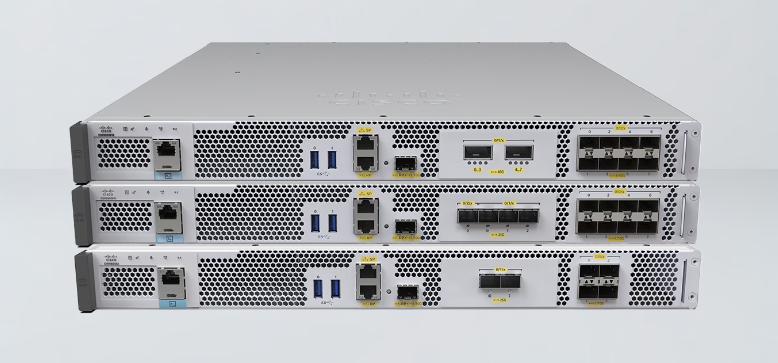




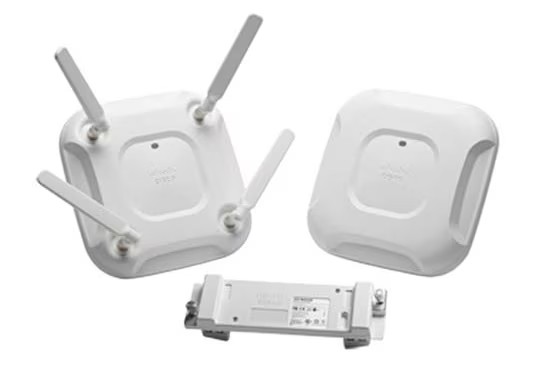


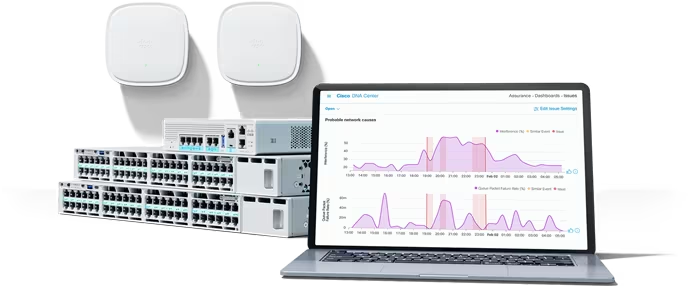





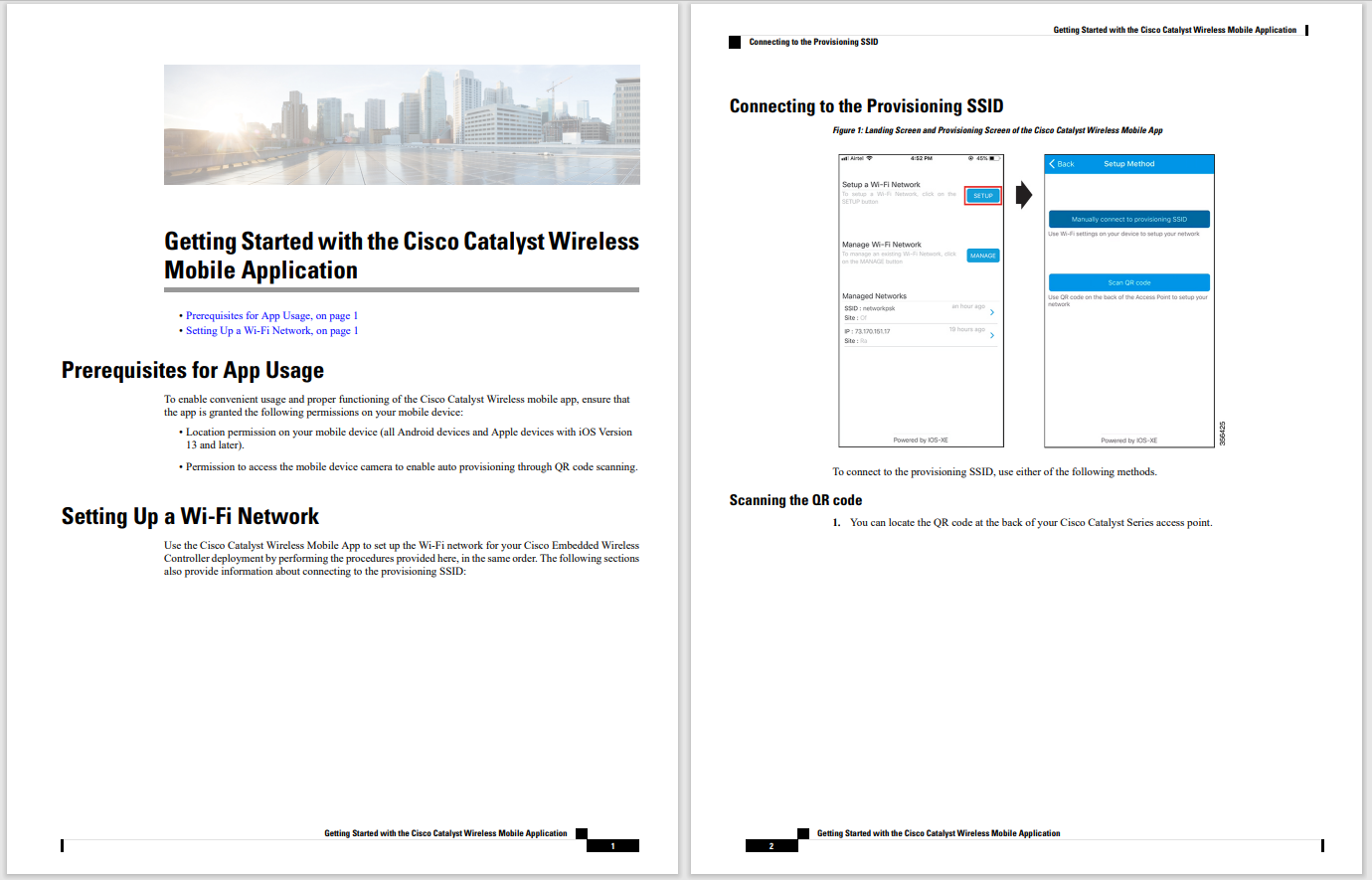



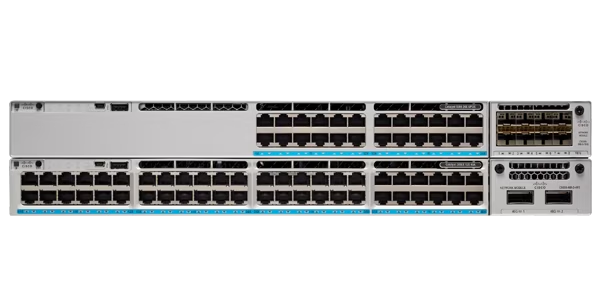











Building and supporting the artificial intelligence infrastructure that is guiding our businesses is not an easy job. The applications, data and networks behind the scenes have to perform as close to flawlessly as possible, in real time. The good news is AI itself can be employed to provide relief to stressed IT teams. AIOps - artificial intelligence for IT operations - is paving the way to autonomous operations of critical enterprise systems. However, the AI in AIOps has an Achilles Heel - to function properly, it needs reliable and quality data.
 Photo: Joe McKendrick
Photo: Joe McKendrick Enter an emerging approach, robotic data automation (RDA), which promises to establish the intelligent data supply chain needed for well-functioning AI. While RDA has potential to supercharge AI in all its forms and purposes, the early stages of RDA are concentrated within the IT optimization domain, with a focus on well-functioning AIOps setting up the next challenge on the path to lights-out IT.
The purpose and potential of RDA was explored in-depth at the recent Robotic Data Automation Fabric and AIOps Conference, covering the issues, opportunities, and required technology to achieve an autonomous enterprise. I had the opportunity to keynote the event, in which I pointed out how IT teams are under considerable pressure, with management demanding that they build an autonomous enterprise - immediately. Everyone wants to become digital, and they all depend on IT to deliver on this vision.
That's why the time is ripe then for an intelligent data supply chain, which brings data from raw sourcing to final, refined product put in the hands of data consumers. RDA provides the path to an intelligent data supply chain, which is essentially automating data pipelines with Databots. Data tasks that can be automated using RDA include data collection, data integration, data validation, data clean-up, data normalization, metadata enrichment, and data extraction from structured or unstructured data. It can all be automated. The goal is to free IT teams up, to be bolder with their technology initiatives.
What the advent of AIOps - supported by the intelligent data pipeline RDA brings -- mean to CIOs and other business leaders? asked Shailesh Manjrekar, vice president of AI and marketing at CloudFabrix and the event's host. "They are looking at reducing their risk -- and what that means is they need to be able to predict and prevent outages and security breaches. They want to optimize their operations. They want to improve their productivity by means of lights-out operations. They want to build a composable business in the face of uncertainty. They want to be able to enable data governance and compliance. They want to build trust in their AI operations. They want to be able to deepen their customer insights and the customer experience."
Manjrekar outlined four stages enterprises go through on the path to digital autonomy:
1. Discovery:"Level one is really a descriptive phase where you are taking a stock of all your IT assets, application assets and business assets," he explains. "It's about taking inventory."
2. Predictive autonomy:This is "where you do what-if analysis as you observe those assets, looking at trends and predicting anomalies."
3. Prescriptive autonomy:"The third level of autonomy is prescriptive, where after your what-if analysis, you can decide what action you're going to take."
4. Cognitive autonomy:"All of this intelligence becomes part of your information systems," Manjrekar says.
AIOps is important because "the majority of transformation programs to cloud fail to achieve their desired outcomes," related Meenakshi Srinivasan, partner of the Global DevSecOps Practice at IBM Consulting. "The reasons are they lose control over how they do incident response, as well as their inability to minimize unplanned downtime, which is costing them quite a lot of money." In the last 20 years, to getting into SaaS, Pass, IoT, the landscape of infrastructure has become complicated." Complexity has gone up, reliability commitments has one up, but the manageability has taken a hit." The challenge is to increase manageability."
"This is a journey," Srinivasan said. "This is not going to happen overnight just because you have put a few of the tools in place. Once we get the foundation and automation layer right, and start collecting the data. Defining the right sets of data, as well as the quality of the data - it plays a major role in AIOps. If you don't have the right set of data, this journey is going to take longer." Observing and learning are important to this journey, she added.
The challenge many enterprises and IT managers face is that "IT operations have never grown in proportion to the amount of complexity that's come into it," said Sean McDermott, CEO of Windward Consulting Group. "So we're continually needing to be more efficient. The other thing is to use data to start making better decisions, such as around where to allocate resources, where to allocate time and money and investments, how to optimize business processes, how to align better with the business, how to see bottlenecks. This is becoming more and more challenging because we have so much data now."
McDermott recommended developing a vision around AIOps that recognizes it as an important strategy affecting all IT-related functions. "It is a strategy," he said. "It's not a product, it's not an algorithm. It's a strategy and it's going to have wide-ranging impact on tools, processes, people, and organizations behavior. One of the traps that we see our customers get into is that they think very narrow about their use case and when they try to expand it they haven't done the work up front with some of the other peer organizations to bring their data in, and they encounter a lot of resistance. Developing a vision of how to deploy AIOps -- to bring people together, make the case of how the integration of our data makes all our jobs better, and makes it more effective organization."
Taking a broader perspective, the market is responding to the need for intelligent data supply chains that can help to either bringing value to the organization, or in monetizing data. "Companies have spent millions and billions of dollars collecting data. But once you have ingested the data, what do you do then?" Satya Bajpai, managing director of tech M&A for JMP Bank. "Large technology vendors "don't see AIOps as just a data problem. They're seeing as customers need not just intelligence, not just data management, but they need actionable data and action. We are seeing more acquisitions and funding going towards companies or use cases where it's not just AI detected a problem. If you solve the problem. AI has intelligence. We all know machine learning is useful, but how do you convert it into a tangible benefit for an organization? What is the money that you save? What is the value that you create for your clients?"
AIOps - boosted by the intelligent supply chain RDA enables - will help companies see the value of insights delivered through AI, as well as help IT move their companies forward on their journey to autonomous enterprises.
 Hot Tags :
Artificial Intelligence
Innovation
Hot Tags :
Artificial Intelligence
Innovation